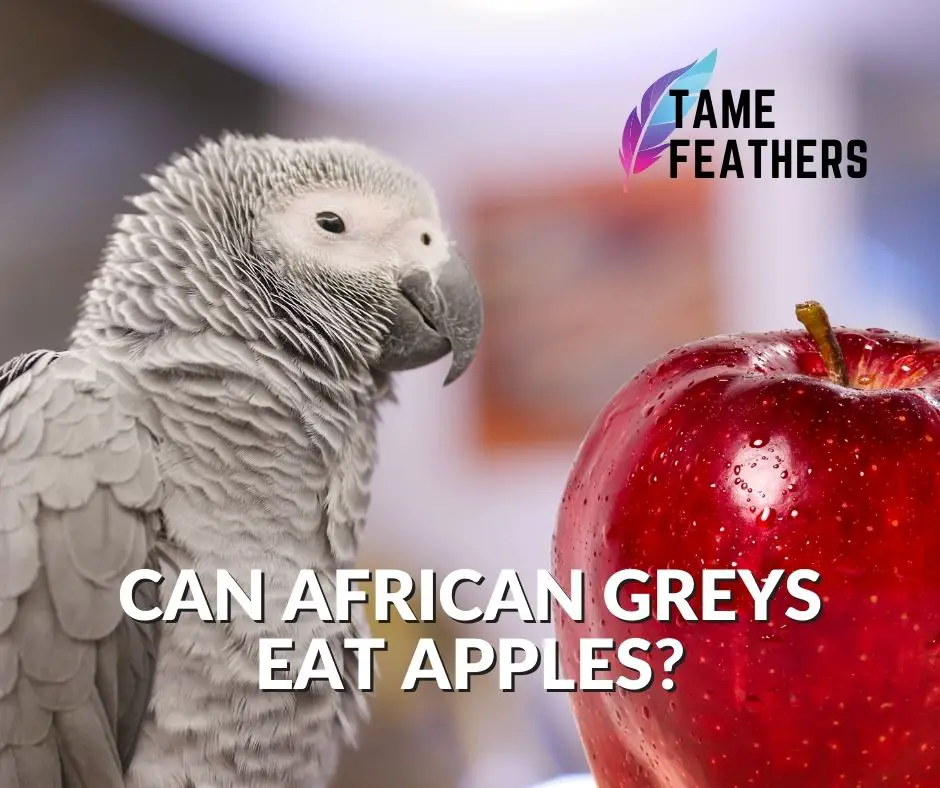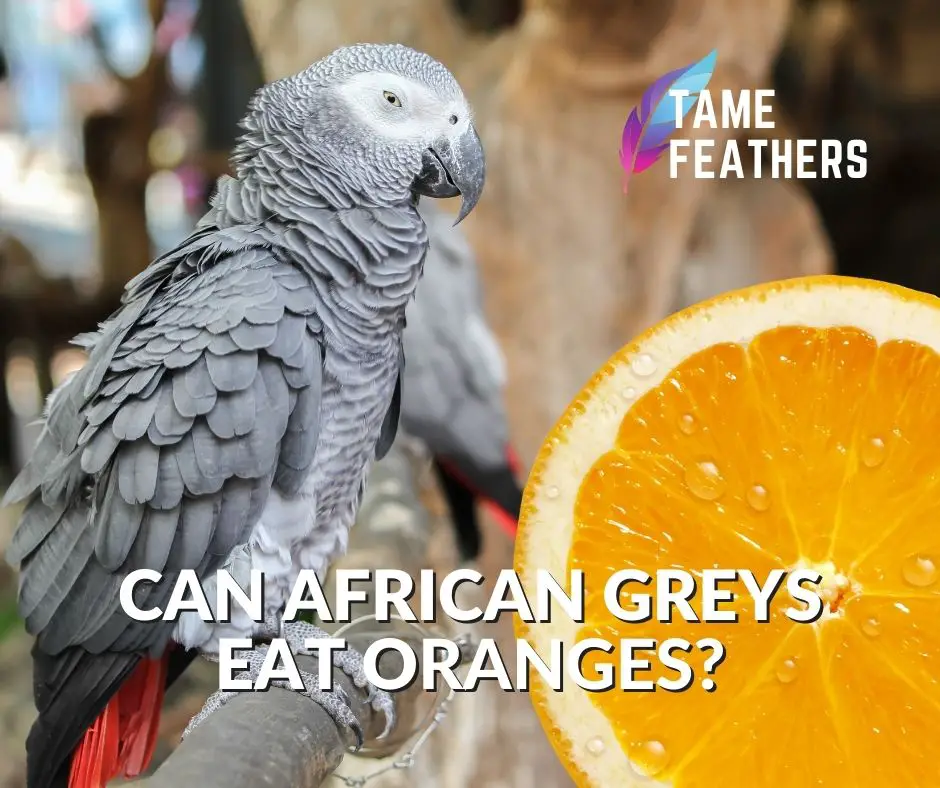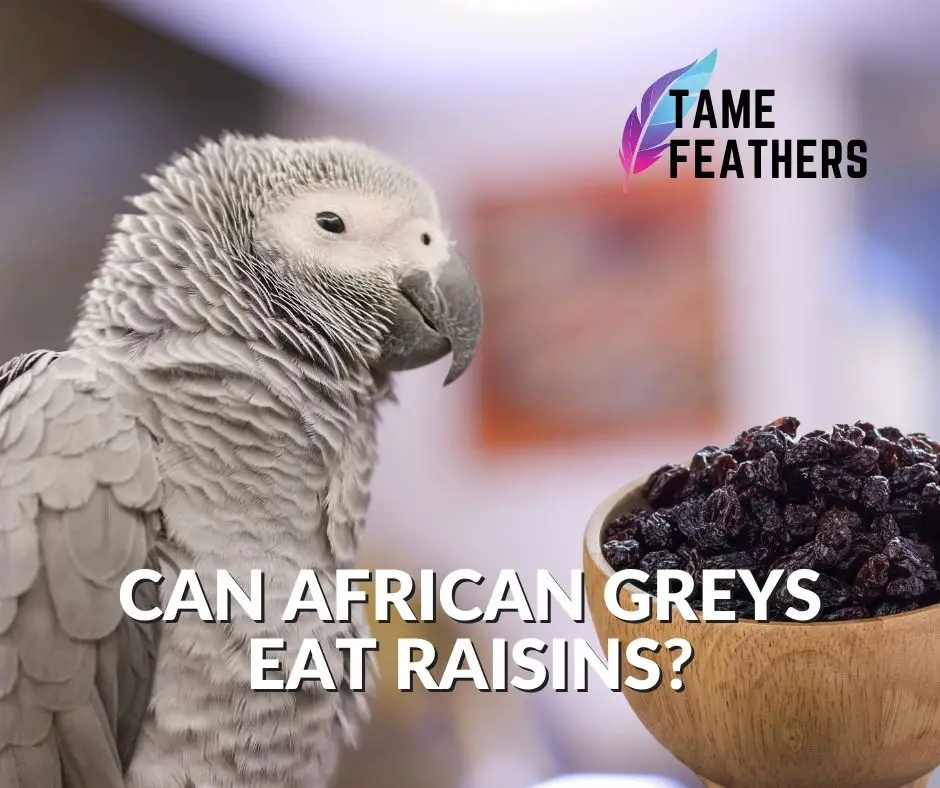If you are a new African Grey owner, you have probably heard the word cuttlebone being thrown around.
So, what is it? And, does your African Grey need it?
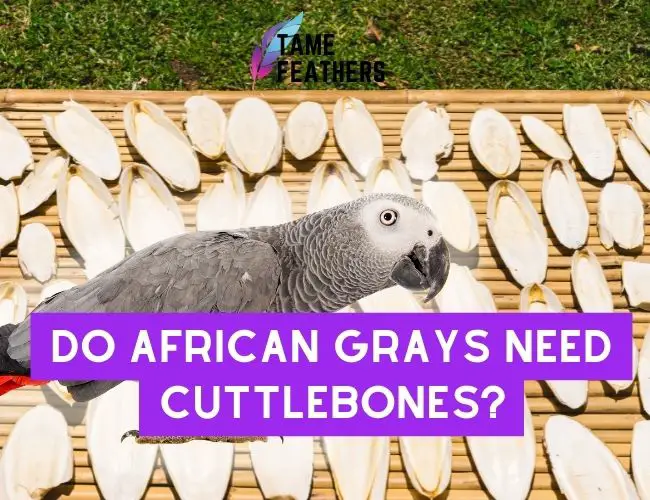
- What is Cuttlebone and Why Do African Greys Need Cuttlebone?
- Why Do African Greys Need Cuttlebone, and How Much Should They Have?
- Can You Overfeed Cuttlebone To Your African Grey
- How to Use Cuttlebone For Your African Grey:
- Where Can You Find Cuttlebones?
- How to Tell if Your African Grey Needs More or Less Cuttlebone
- How do Cuttlebones Benefit Your African Grey?
- The Importance of A Healthy Diet in Maintaining a Healthy Beak for Birds.
What is Cuttlebone and Why Do African Greys Need Cuttlebone?
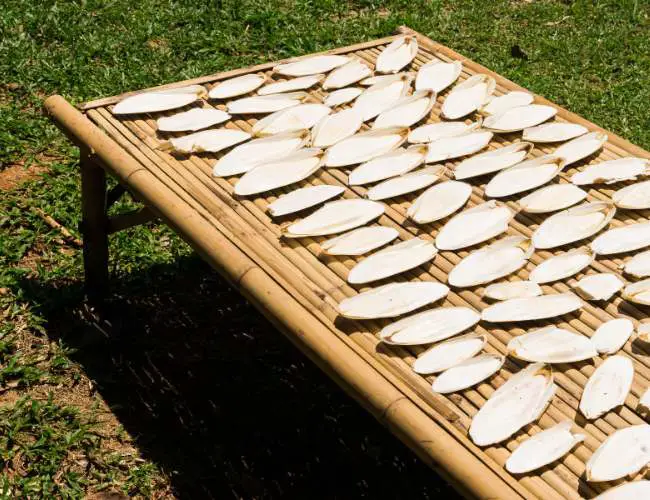
Cuttlebones are calcium-rich bones that African Greys and other birds use to help maintain their beaks and nails.
They also help with digestion and can be a fun toy for your African Grey to play with.
As mentioned above, cuttlebones are very rich in calcium; an essential mineral for your African Grey’s health.
A cuttlebone will help to strengthen their bones and minimize the risk of injury, while also promoting healthy digestion.
Why Do African Greys Need Cuttlebone, and How Much Should They Have?
Typically, the intake is not measured but instead, you should simply provide your African Grey with a cuttlebone whenever their beak or nails look like they need some care.
You can mount it in your African Grey’s cage using a cuttlebone bracket or holder, or simply place it in their cage.
Overall, cuttlebone is an important addition to your African Grey’s diet and care routine, as, without it, their beaks and nails may become both overgrown or weakened as the cuttlebone helps to combat African Grey beak grinding.
Can You Overfeed Cuttlebone To Your African Grey
As mentioned above, you will not need to feed or monitor intake as such, but rather provide your African Grey with a cuttlebone to use if and when they need to.
If you do, however, notice your African Grey is spending excessive amounts of time on the cuttlebone, or not eating much else, you may want to remove it from the cage.
In this case, you should discontinue the use of the cuttlebone and check with a vet to ensure that your African Grey is healthy.
Overall, if used properly as part of a balanced diet for your African Grey, there should be no issues.
How to Use Cuttlebone For Your African Grey:
Having a mounted cuttlebone in your bird’s diet is always preferable to preventing nutrition problems or weaknesses.
Attaching a cuttlebone to your bird cage allows you to maintain an uninterrupted and constant supply of calcium at all times.
This also allows the bird to take small pieces as they please, again encouraging ongoing and consistent calcium intake.
Finally, this will eliminate any food safety concerns as well as minimize the amount of dust and mess created by loose cuttlebone on surfaces.
Where Can You Find Cuttlebones?
[amazon fields=”B0829SV9HG” value=”thumb” image_size=”large” image_alt=“best pet bird seed mix”]
[amazon fields=”B0829SV9HG” value=”button”]
Cuttlebones are very common in pet shops and online pet stores.
They are very inexpensive and you can often buy wholesale batches on Amazon. They also have a long expiry date and will last for months to years if unopened.
Cuttlebones also come in many different sizes, so they’re suitable for all types of birds including most reptiles as well.
They are pretty common across the US, Canada, and Europe.
How to Tell if Your African Grey Needs More or Less Cuttlebone
If your African Grey has a calcium deficiency or is hyperactive, it’s probably because you’re not feeding them enough cuttlebone.
If they have a calcium-related disease like kidney stones or osteoporosis, they may be eating more cuttlebone than the amount that’s recommended for their size and health.
But if they are just a normal, healthy African Grey then you shouldn’t have any issues when leaving cuttlebone in their cage.
One way to tell if your African Grey needs more or less calcium is by looking at the density and thickness of its feathers; a bird with healthy bones will get stronger feathers.
You can also tell by how they move-if their bones are weak and fragile, then it will be difficult for them to fly around your house.
Too much intake is just as bad…
If your African Grey has too much calcium in its diet, it may develop kidney or liver problems, or even experience issues with bone density and fractures
To avoid these issues, it’s important to monitor the amount of cuttlebone that your African Grey consumes by only placing it in the cage at certain times in the day or week.
How do Cuttlebones Benefit Your African Grey?

As mentioned, cuttlebones are a great alternative source of calcium for birds who are not fond of vegetables like kale, bok choy or dandelion greens.
It does not replace them by any means, but nor is calcium its only function.
Cuttlebone also helps keep your African Greys beak and nails healthy and strong.
Since African Greys are unable to digest cellulose, they have difficulties absorbing calcium from vegetables and plants as a result.
Lastly, the cuttlebone also acts like a toothbrush for your African Grey and will help them to keep their beak healthy by removing any leftover food, plaque, and bacteria from inside their mouth.
The Importance of A Healthy Diet in Maintaining a Healthy Beak for Birds.
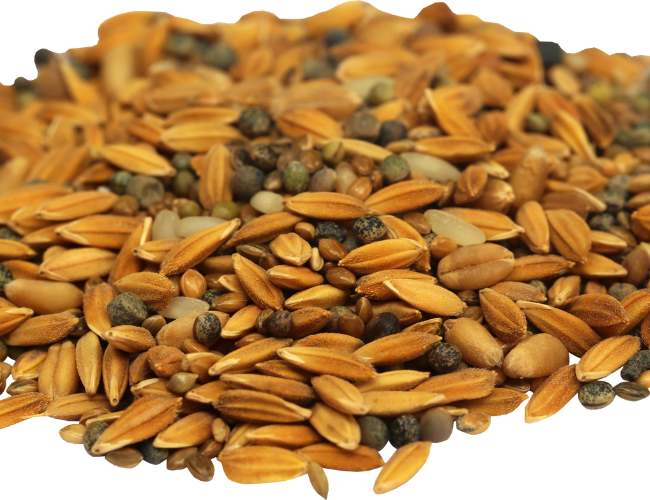
A healthy diet with an adequate amount of calcium is essential for pet birds who are out of their natural habitat.
Birds need to maintain a certain amount of calcium in their diet in order to keep their bones and beaks healthy and strong.
Calcium is especially important for growing chicks, as it helps them grow and develop properly into adults.
Without sounding too repetitive, you should pay close attention to your African Grey diet, beyond just calcium, as a bad diet is often the root cause of sudden death in African Greys


